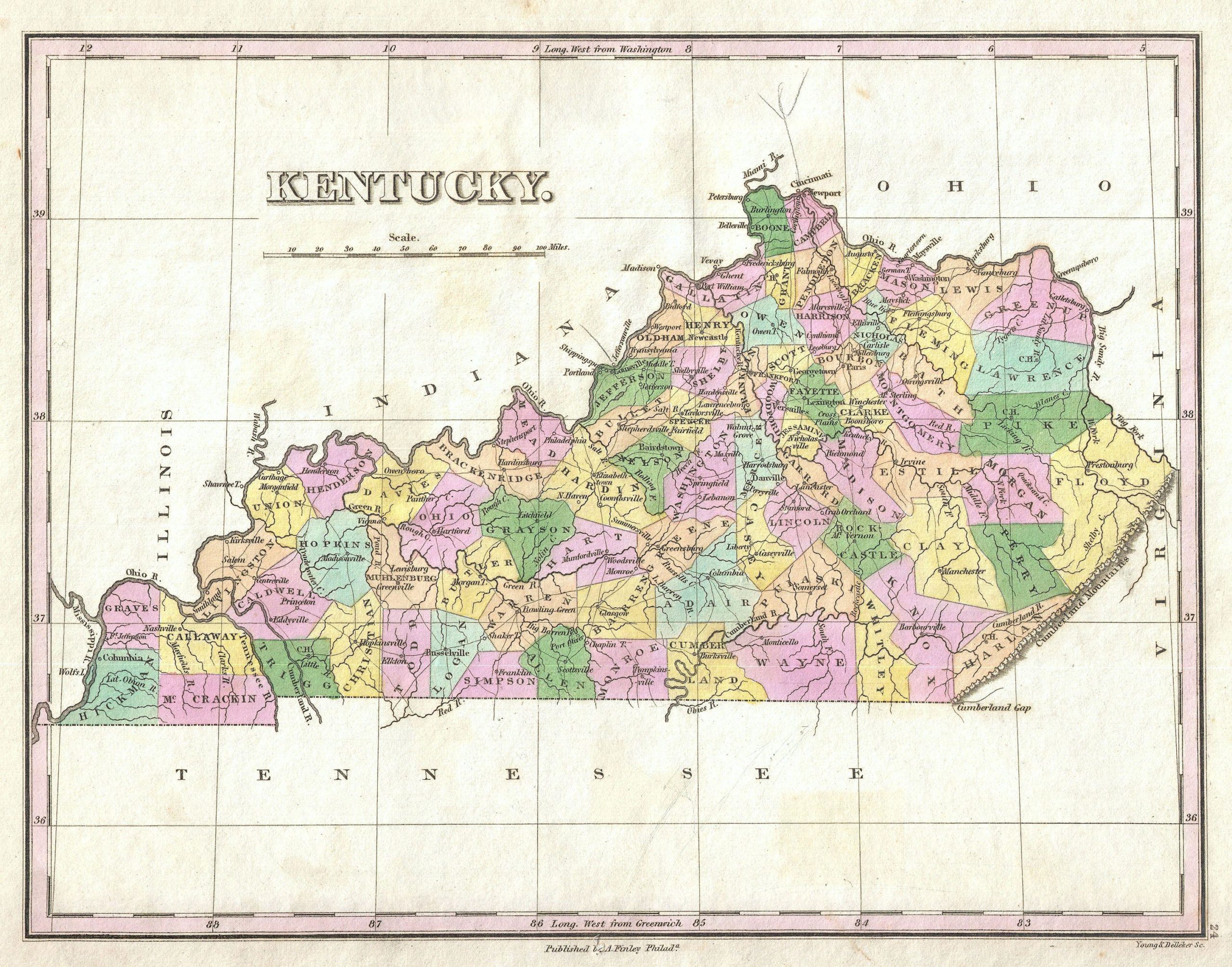When You’re Right, Well, You’re Right: Laffer Curve
In this lesson, Dr. Laffer details the origins, practical uses, and theory behind the Laffer Curve. The Laffer Curve looks at the relationship between tax rates and tax revenues. The basic theory behind this relationship is that changes in tax rates have two effects on revenues: the arithmetic effect and the economic effect. The arithmetic…


